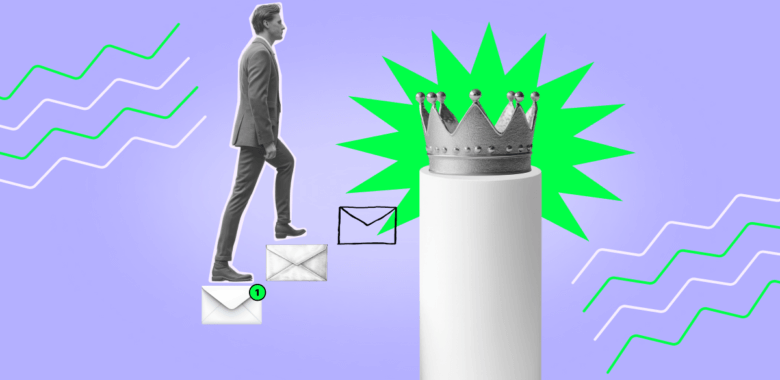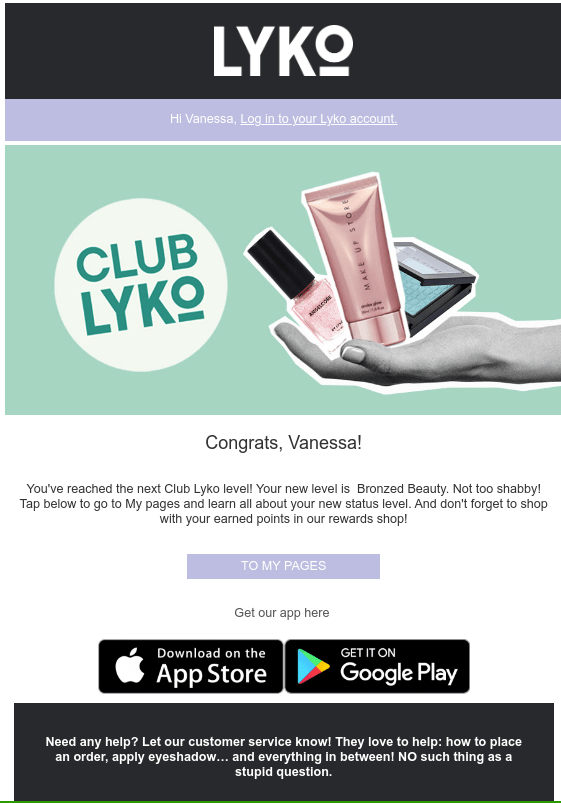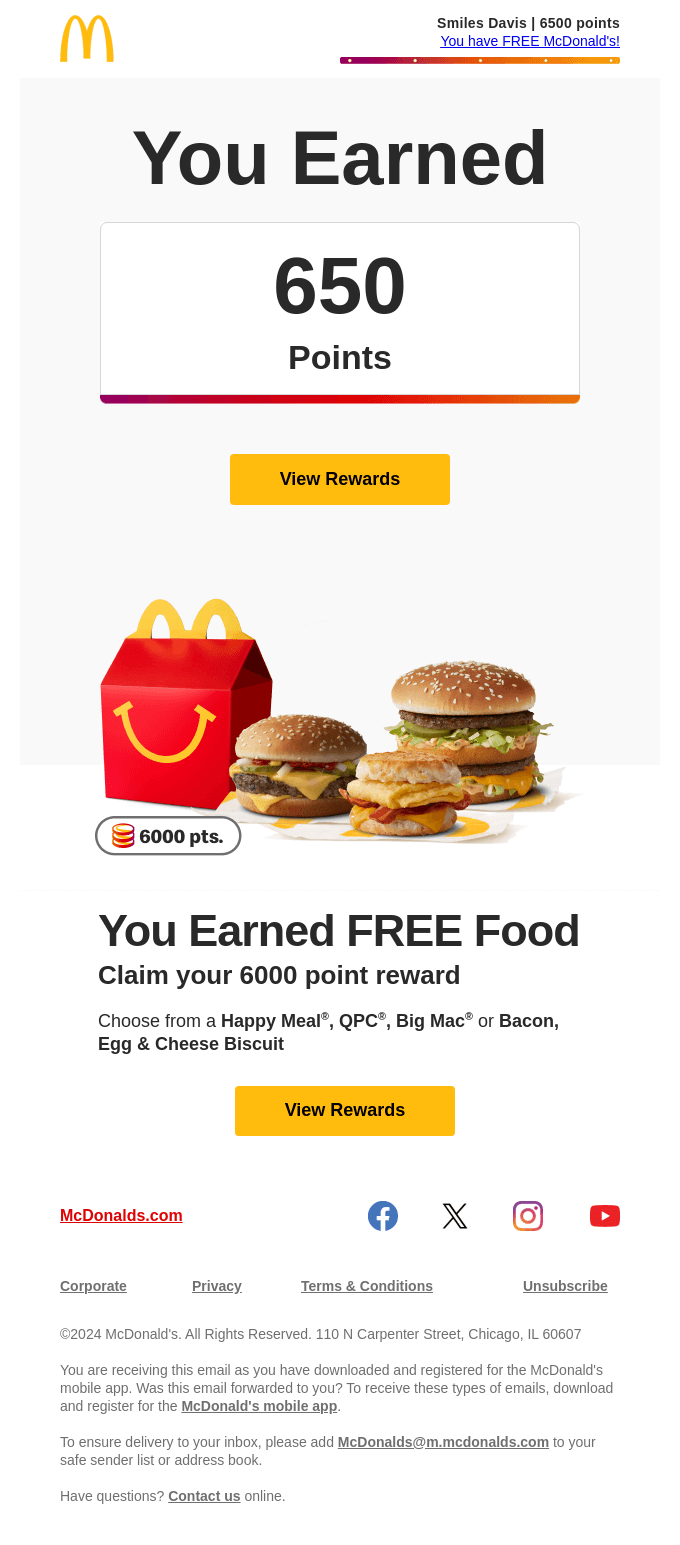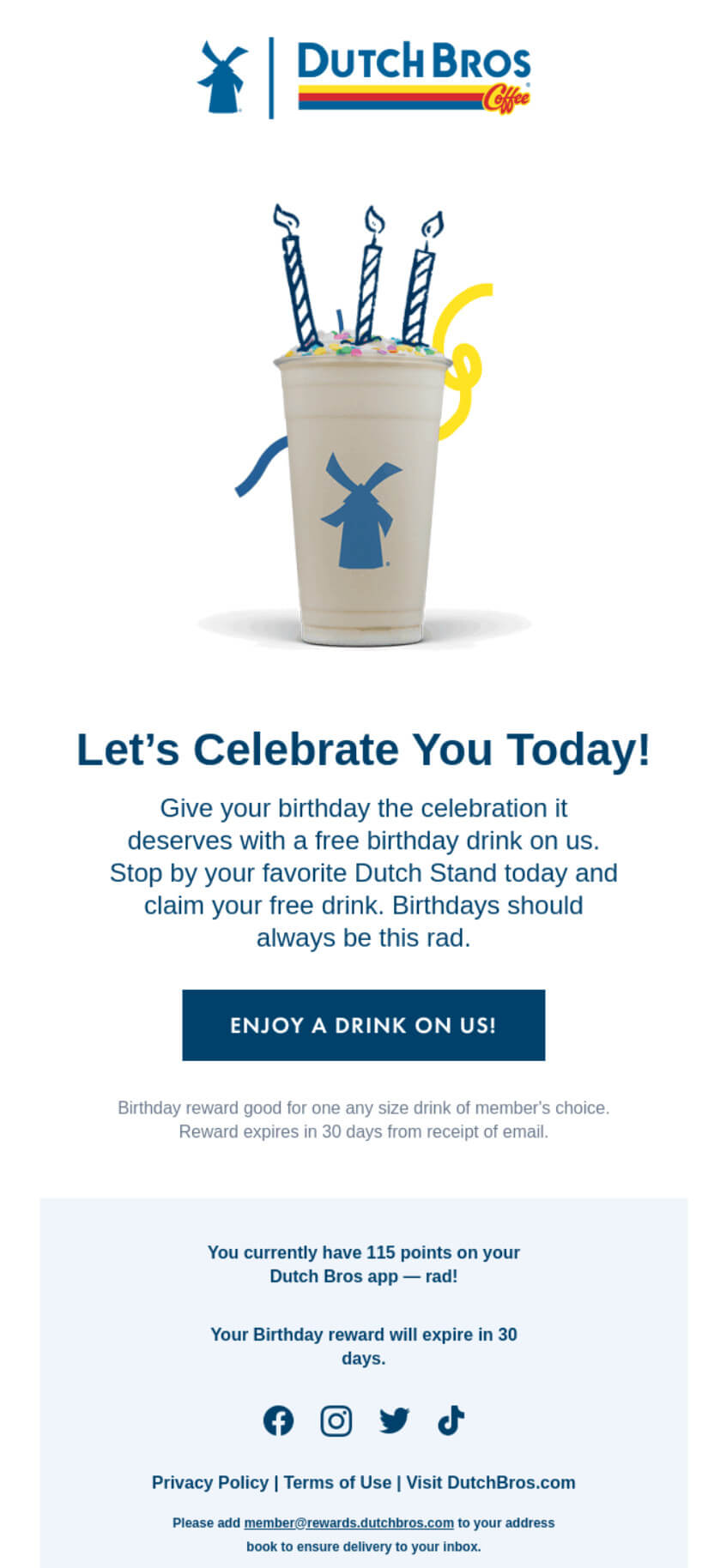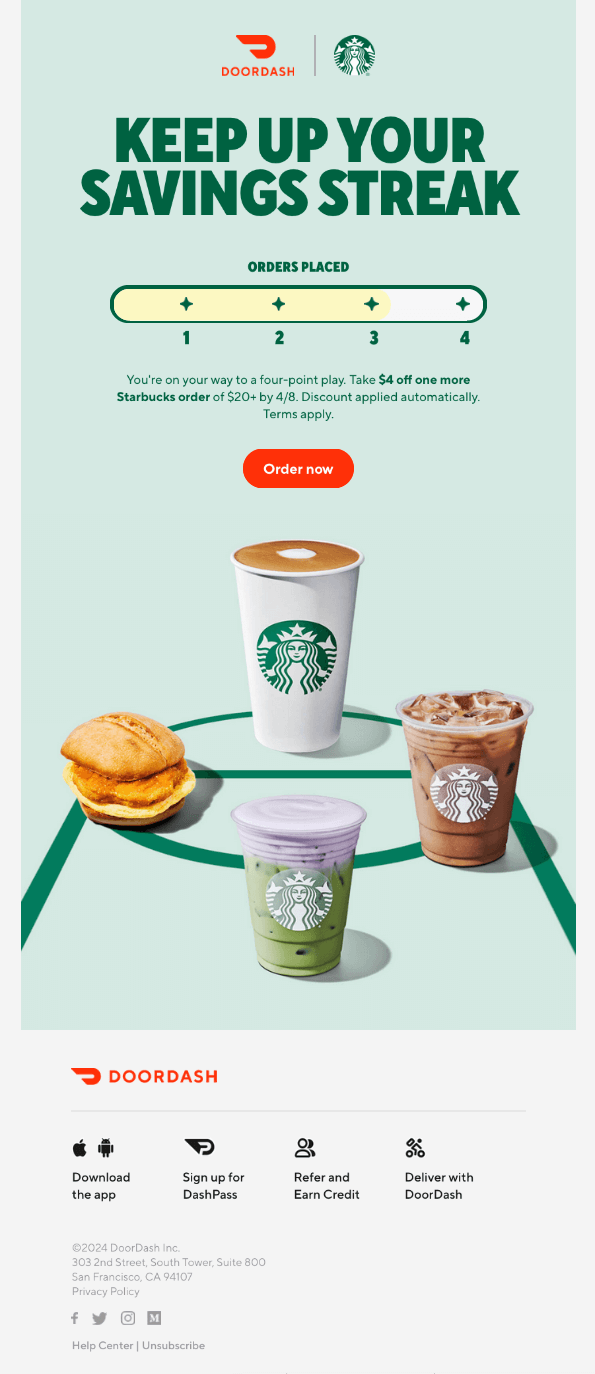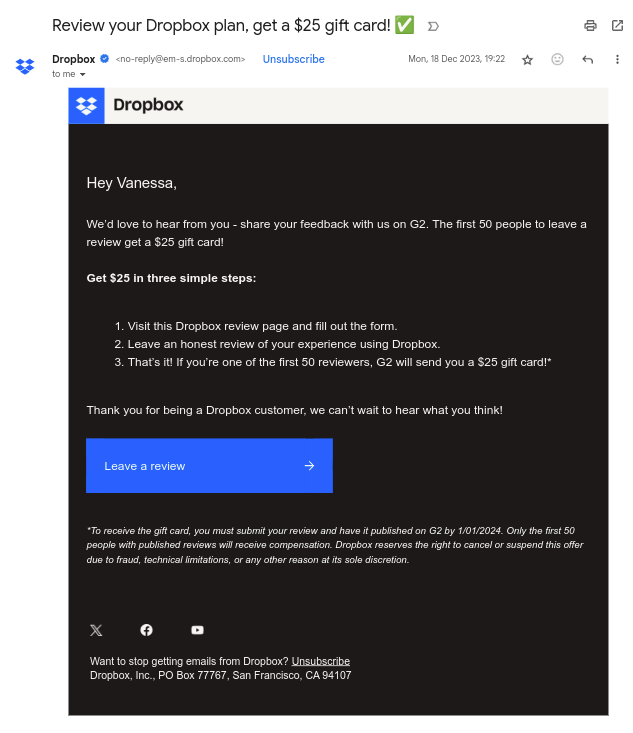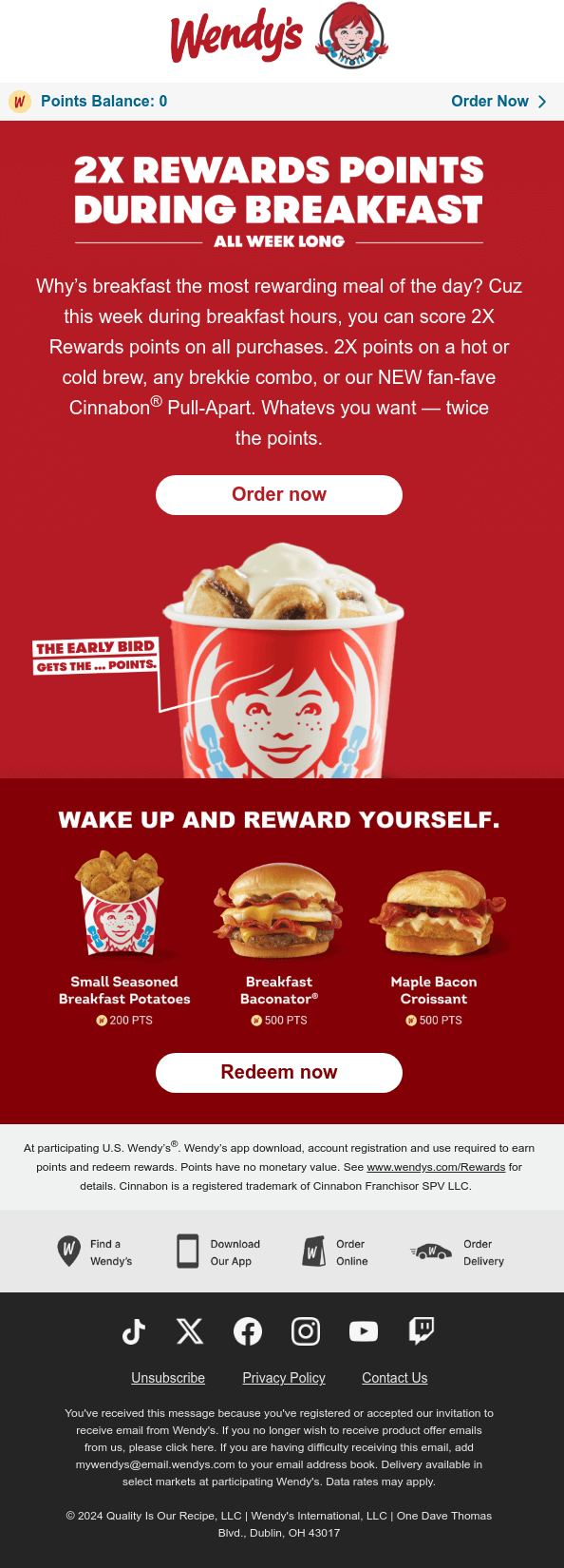The benefits of loyalty program emails
Developing a long-term customer relationship strengthens any brand and is proven to make more revenue in the long run. In his last research analysis, Rob Markey, a specialist in Business Administration at Harvard Business Review, determined that “loyalty leaders grow revenues roughly 2.5 times as fast as their industry peers and deliver two to five times the shareholder returns over the next 10 years.” This possibly happens because, according to recent research on digital marketing, “79% of customers expect consistent interactions across departments.” It means that when customers’ expectations are met, and the service quality is consistent, they tend to return and spend more money in the same company. So, recurring customers tend to be the more satisfied ones.
Brands have a better chance to reach recurring customers using their email subscribers list. When an online shop offers a discount for whoever subscribes to their newsletter, for example, the potential customers are already taking part in a simple form of loyalty program. It is like the first step for introducing a customer into a community. This establishes a customer-seller bond based on the benefits and rewards customers receive for their loyalty. Subscribers perceive the brand as more valuable when they are given something in return for their buying consistency.
